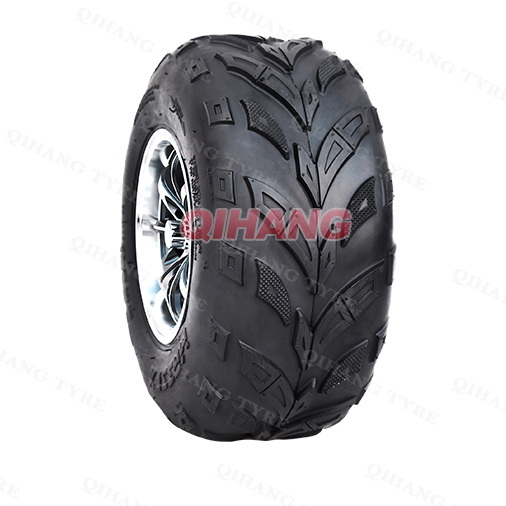The design requirements that industrial tires need to meet mainly include the following aspects:
1. Carrying capacity
Industrial tires need to have sufficient carrying capacity to withstand the pressure of heavy loads, high-speed driving and long-term use. This requires that the tire cord layout is reasonable and made of high-strength materials to ensure that the tire is not easily deformed or damaged when carrying heavy objects.
2. Wear resistance and durability
Industrial tires need to have good wear resistance and durability during use to ensure that there will be no excessive wear or damage during long-term use. Wear resistance is usually achieved by using wear-resistant rubber materials and optimizing pattern design, while durability requires that the tire can still maintain stable performance under harsh working conditions.
3. Cut and tear resistance
Industrial tires need to have good cut and tear resistance to prevent cracks or breaks during use. This requires that the tread material of the tire has sufficient strength and toughness to withstand puncture and cutting by sharp objects.
4. Grip and stability performance
Industrial tires need to have good grip and stability performance to ensure that they can provide the best traction and handling under various road conditions. This requires that the tire pattern design is reasonable, which can provide sufficient friction and lateral support, while maintaining the stability of the tire when driving at high speed and turning.
5. Adaptability
Industrial tires need to adapt to different working environments and conditions, such as temperature, humidity, road conditions, etc. Therefore, the material and structure of the tire need to have good adaptability and be able to maintain stable performance in different environments.
6. Environmental protection and sustainability
With the improvement of environmental awareness, the design of industrial tires also needs to consider environmental protection and sustainability. For example, the use of environmentally friendly materials to manufacture tires, optimize the life and recycling rate of tires, etc., to reduce the negative impact on the environment.
7. Safety
The safety of industrial tires is also a factor that cannot be ignored in the design. This includes ensuring the stability of the tires during high-speed driving and emergency braking, preventing the tires from falling off or breaking during driving, etc.
8. National standards and regulations
The design of industrial tires also needs to comply with relevant national standards and regulations, such as tire specifications, sizes, air pressure and load. These standards and regulations provide normative guidance for the design and use of tires to ensure the safety and reliability of tires.


